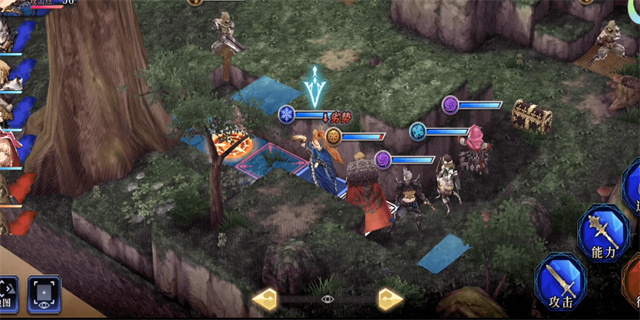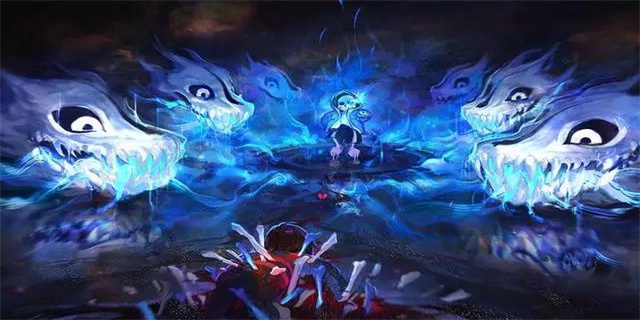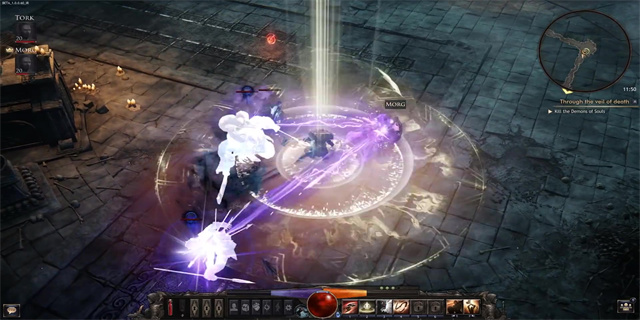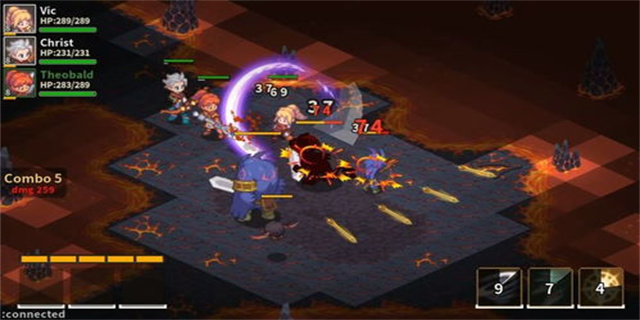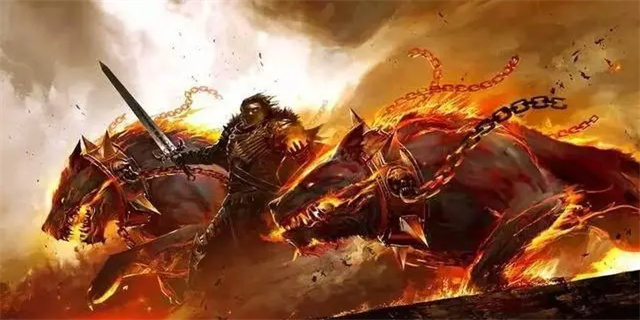boogeyman(Exploring the Fearsome Legend of the Bogeyman)
Exploring the Fearsome Legend of the Bogeyman
Introduction
The Bogeyman, a mythical creature often associated with childhood fears and nightmares, has been prevalent in various cultures throughout history. This article delves into the legend of the Bogeyman, shedding light on its origins, cultural significance, and its effect on shaping our deepest fears.
Origin and Cultural Significance

The legend of the Bogeyman has its roots in ancient folklore and is deeply intertwined with the human psyche. Although the specifics differ across cultures, the concept of a menacing figure that haunts and terrifies children is universal.
The Bogeyman in Folklore

In many European cultures, the Bogeyman is depicted as a malevolent spirit, often used by parents to discipline misbehaving children. It is believed that parents would warn their children that the Bogeyman would come and get them if they did not behave properly. This served as a way to instill discipline and good behavior in children from an early age.
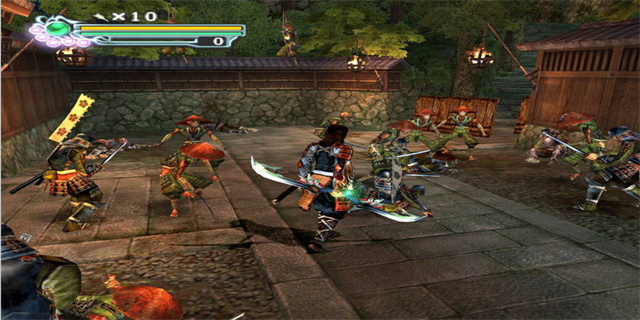
Similarly, in African folklore, the Bogeyman takes on different forms and names. In some stories, it is known as \"Tokoloshe\" or \"Hag\" and is said to snatch away children who disobey their parents or wander alone at night. These tales serve as cautionary tales to ensure children's safety and obedience.
Across various Asian cultures, the concept of the Bogeyman is portrayed in different ways. In Japan, the \"Nuppeppo\" is a yokai, or supernatural creature, that resembles decaying flesh and is said to roam the streets at night. In India, the \"Buri Nazar\" is an evil eye that is believed to bring bad luck and misfortune, often used as a cautionary tale to scare children into good behavior.
The Psychological Impact
The legend of the Bogeyman has a profound psychological impact on individuals, especially during childhood. Fear of the unknown and the unseen is deeply ingrained in our minds, and the Bogeyman exploits this fear by embodying all the things we cannot see or comprehend.
Children, in particular, are susceptible to the looming fear of the Bogeyman. This fear can be a result of multiple factors, including stories heard from peers, exposure to media, or even the imaginative capabilities of young minds.
Psychologically, the fear of the Bogeyman can serve a purpose. It helps children develop a sense of self-preservation and teaches them to be cautious in unfamiliar or potentially dangerous situations. However, excessive fear can lead to anxiety and sleep disturbances, impacting a child's overall well-being.
Modern Interpretations
As society has evolved and become more progressive, the concept of the Bogeyman has also undergone change. In present times, the Bogeyman is often used as a metaphor for our deepest fears and insecurities.
The modern interpretation of the Bogeyman can be seen in popular culture, such as horror movies and literature. These adaptations tap into our primal fears, amplifying them through visualizations and narratives.
Furthermore, the Bogeyman serves as a metaphorical representation of societal fears. It can represent the fear of the unknown, the fear of the \"other,\" or even the fear of the consequences of our own actions. By personifying these fears, the Bogeyman becomes a tangible manifestation that we can confront and overcome.
Conclusion
The legend of the Bogeyman continues to fascinate and frighten individuals of all ages across different cultures. From its ancient origins to modern interpretations, the concept of the Bogeyman has evolved, yet its essence remains the same - to explore the depths of our fears and help us navigate through them.
While the Bogeyman may have originated as a tool to scare mischievous children into compliance, its enduring legacy serves as a testament to the power of storytelling and the human need to confront and understand our fears.
Whether the Bogeyman is a mere superstition or a psychological phenomenon, its existence in our collective consciousness reminds us of the importance of resilience and courage in the face of fear.
Exploring the Fearsome Legend of the BogeymanIntroduction Th
2024-05-05





